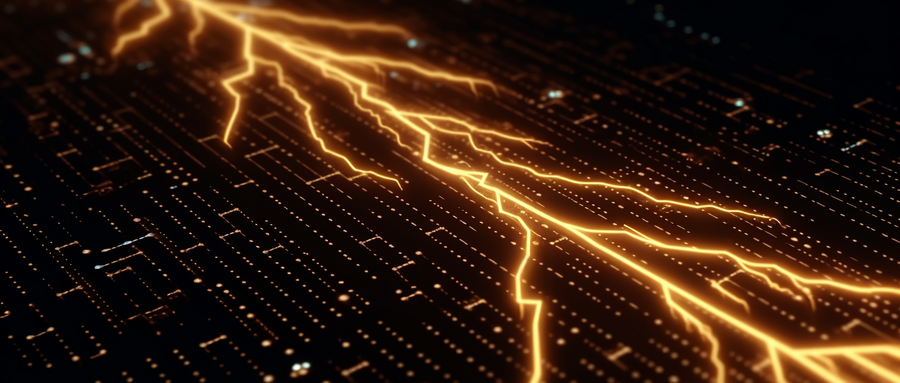The Importance of PCB Simulation in Design and Manufacturing
Simulation for PCB Design and Manufacture
PCB simulation has become a vital tool in the design and manufacturing processes for printed circuit boards (PCBs). Engineers use it to predict various electrical and physical aspects of a PCB prior to production, enabling them to optimize performance, identify issues quickly, and increase product reliability. We will explore why simulation is such an integral component in these processes in this article.
Why Is PCB Simulation Essential?
1. Optimizing Performance:
PCB simulation enables engineers to assess and enhance the electrical performance of a circuit board. By simulating its behavior under various operating conditions, engineers can identify signal integrity issues like crosstalk, electromagnetic interference (EMI), and power distribution issues in order to make informed design decisions in order to increase performance, reduce noise emissions, and ensure their PCB meets specifications.
2. Early Detection of Design Issues:
Simulation tools allow engineers to quickly identify and address design issues early in the development process. By simulating PCB behavior, engineers can easily detect issues such as component placement errors, thermal hotspots, voltage/current limits and voltage/current limitations – providing prompt design modifications which reduce costly rework or production delays.
3. Cost and Time Savings:
By simulating PCB behavior in virtual environments, engineers can rapidly test different design iterations without physical prototyping, eliminating expensive trial-and-error processes that consume both time and resources during development. Furthermore, simulation-driven design optimization reduces prototype needs further decreasing costs associated with development projects.
4. Improved Product Reliability:
PCB simulation enables engineers to assess the reliability and durability of circuit boards by examining factors like thermal performance, mechanical stress and environmental conditions. By identifying potential issues early, engineers are better able to make necessary modifications so their PCBs meet operating conditions within its intended operating conditions and reach its maximum lifespan.
Types of PCB Simulation:
1. Signal Integrity Simulation:
Signal integrity simulation involves examining and optimizing high-speed digital signals on a PCB to detect reflections, impedance mismatches and crosstalk issues that interfere with signal integrity – helping identify issues such as reflections and crosstalk thus helping ensure data errors remain at bay.
2. Thermal Simulation:
Thermal simulation evaluates a PCB’s heat dissipation capabilities and helps avoid hotspots that could compromise components or reduce performance. Engineers can utilize thermal distribution analysis to optimize design for efficient cooling while preventing overheating issues.
3. Mechanical Stress Simulation:
Mechanical stress simulation analyzes the impact of mechanical forces such as vibration, bending and shock on a PCB board. Engineers use simulation of these forces to detect potential structural weaknesses while optimizing its design to enhance mechanical integrity of its mechanical integrity.
4.EMI/EMC Simulation:
EMI/EMC simulation aims at detecting and mitigating electromagnetic interference issues as well as electromagnetic compatibility issues on PCB boards, helping ensure compliance with relevant electromagnetic compatibility standards while limiting interference risks with other electronic devices.

PCB simulation plays an essential role in optimizing circuit board performance, identifying design issues and increasing product reliability. Engineers using simulation tools can realize significant cost and time savings as they improve signal integrity, address thermal concerns and enhance mechanical integrity – essential factors when considering PCB design complexity and manufacturing. To guarantee success in design and manufacturing processes.
FAQ:
- What is PCB Simulation?
PCB simulation is a crucial phase in the design and manufacture of Printed Circuit Boards (PCBs). It allows engineers to assess how the physical properties of a PCB, such as capacitance, impedance, signal integrity, and more, would behave under real-world conditions. - Why is PCB Simulation important?
PCB simulation is vital to ensure the functionality and reliability of the design before it goes into the manufacturing stage. This process helps to predict and rectify potential issues, such as signal interference or thermal problems, which could cause the final product to fail. - What are the types of simulations performed on PCBs?
Several types of simulations are run on PCBs including signal integrity (SI) simulation, power integrity (PI) simulation, thermal simulation, Electromagnetic Compatibility (EMC) simulation, and Mechanical stress simulations. - What software are typically used for PCB Simulation?
There are numerous software tools that can be used for PCB simulation, such as Altium Designer, ANSYS Electronics Suite, Cadence Allegro, Mentor PADS, and HyperLynx, among others. - What is Signal Integrity Simulation in PCB?
Signal Integrity (SI) Simulation involves checking the quality of signal transmission from the source to the receiver. It identifies potential issues like ringing, crosstalk or skew that can affect signal quality. - What is Power Integrity Simulation in PCB?
Power Integrity (PI) Simulation checks the impact of voltage drops, power delivery fluctuations, and ground bounce on the circuit performance, ensuring optimal power delivery for all components. - What are the parameters assessed in a Thermal Simulation?
Thermal Simulation assesses the heat dissipation of the design, identifying potential thermal hotspots or component overheating issues. - What is an EMC Simulation?
Electromagnetic Compatibility (EMC) Simulation investigates how a PCB design creates, responds to, or interferes with electromagnetic fields, to ensure compliance with EMC regulations. - What is a Mechanical Stress Simulation in PCB?
Mechanical Stress Simulation checks the mechanical robustness and flexibility of the PCB design under physical stress, like bending or vibration. - Can PCB Simulation help in reducing the manufacturing cost and time?
Yes, by identifying and addressing potential errors or weaknesses early in the design phase, PCB simulation can significantly reduce revisions, reworks, and the potential for costly product failures, thereby saving time and reducing manufacturing costs.























